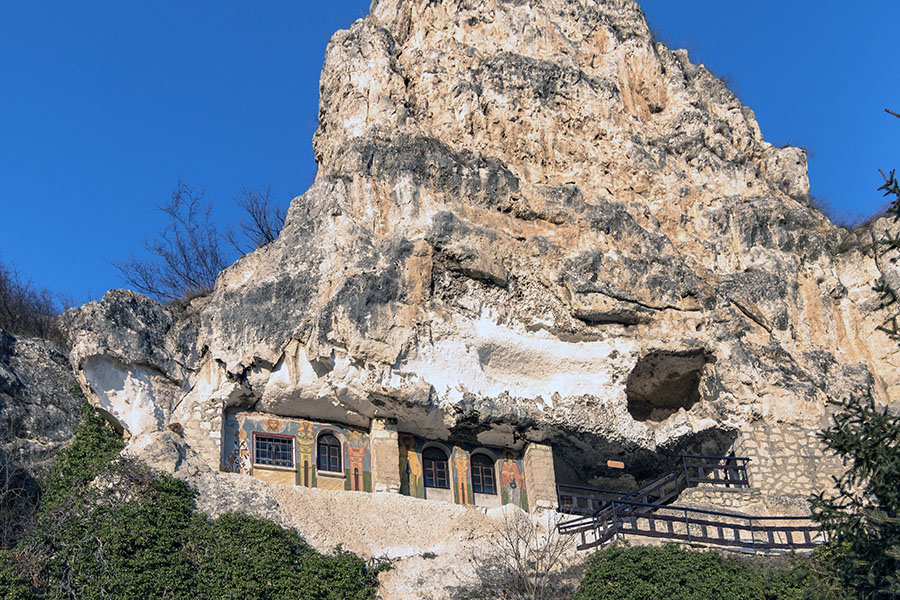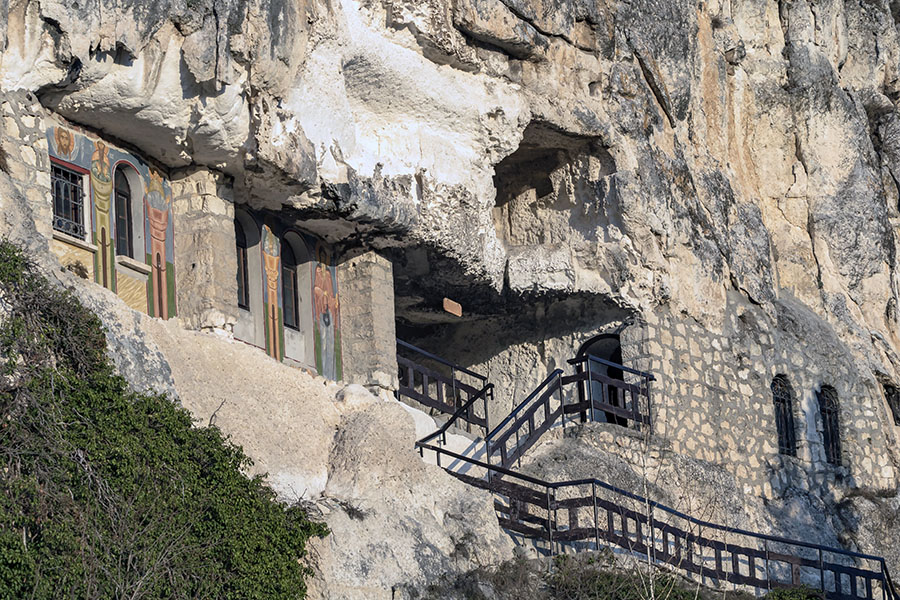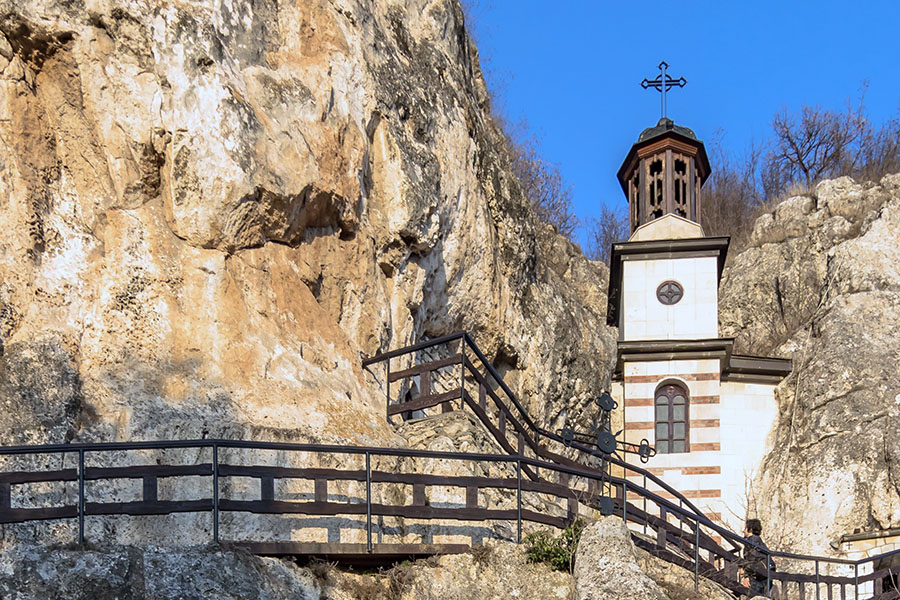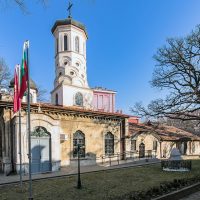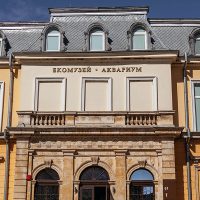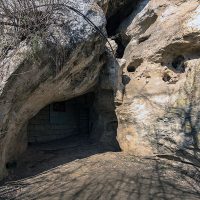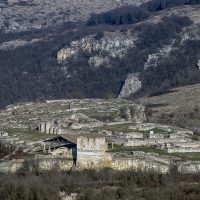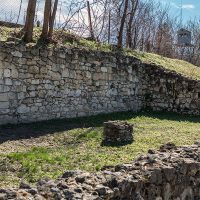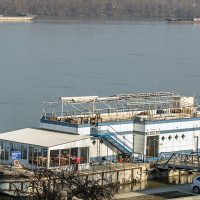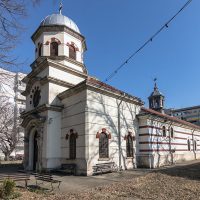








This monastery is close to the city of Ruse, in the picturesque cliffs around the Rusenski Lom River and is the only rock monastery still functioning. It is a monument of architecture, culture and pilgrimage from the 13th century. The monastery is part of the chain of rock monasteries along the Rusenski Lom River. During the Second Bulgarian Kingdom, many monks, inspired by their faith in God and their desire to lead an honest and modest life, take refuge and live in several rock monasteries. In the fourteenth century, the monastery was under the authority of the Bessarab I voivode of the Romanian Country, related to the Bulgarian dynasty through his daughter Theodora, the first wife of Tsar Ivan Asan (1331-1371). According to the legends, Bessarab I established this monastery, making many donations. The monastery bears the name of Demetrius Basarabov, also called St. Demetrius the New. He was a historical personality who was born and lived in Basarabovo village. In the vicinity of the village he discovered this cave monastery, where he led the life of a hermit. When he felt his end near, he sat on the banks of the Lom River between two slabs, creating his own coffin. When they removed him from the water, his body was untouched and he was buried in the village church, erected in place of his birthplace, and later his remains were moved to this monastery. After the first Russian-Turkish war of 1774, the relics of St. Demetrius Basarbov were transferred to Bucharest, whose guardian he is today, celebrated on October 26th. The construction is dug in the depth of the rock, at the entrance having a niche in which lived St. Demetrius Basarbov. The monastery is recently renovated, with railings and access steps installed, and the mural paintings have been restored. In 2005, the Romanian Patriarchate donated a small part of the relics of the saint to the monastery.
Download PDF